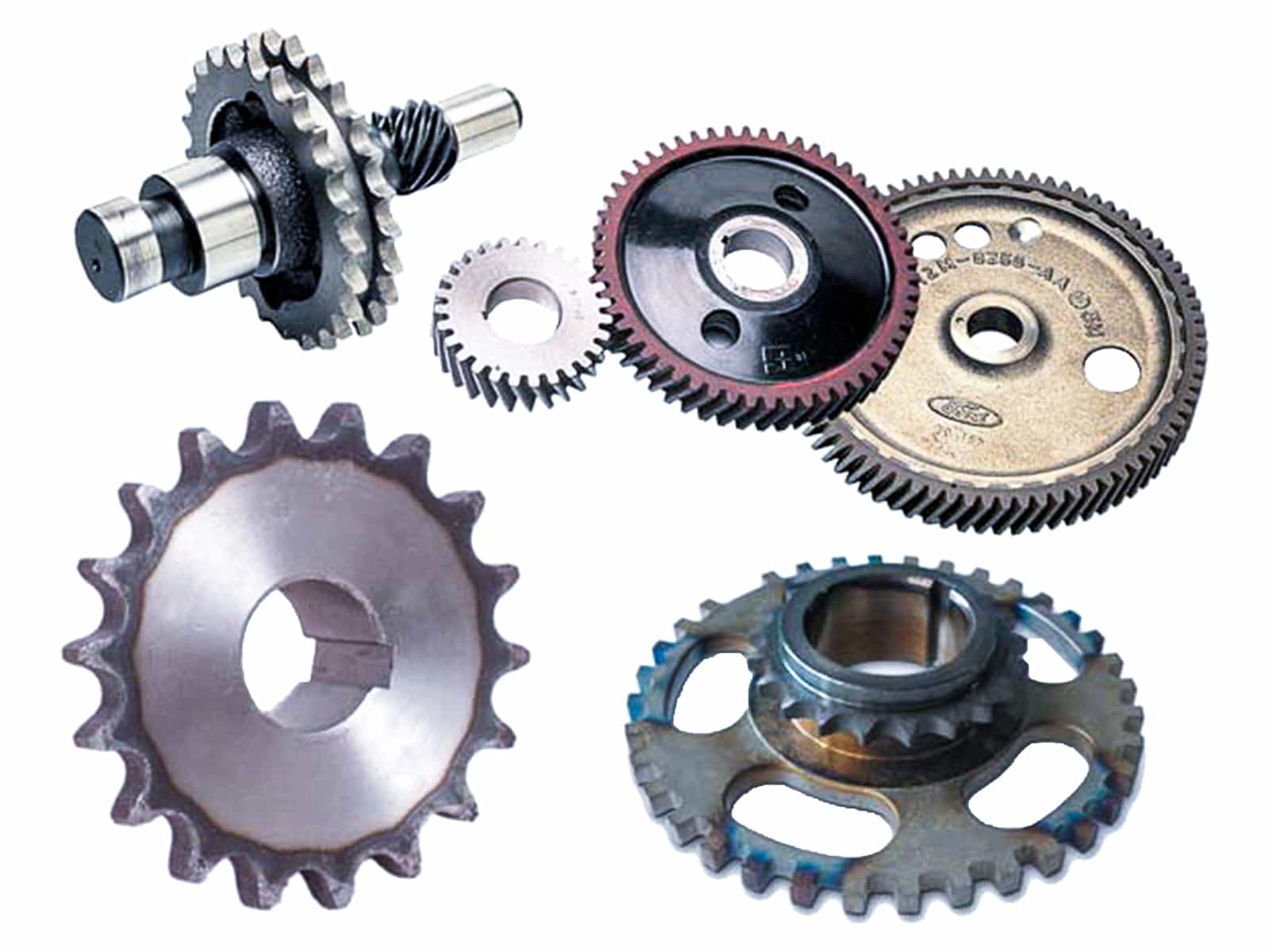

With both the front and the rear derailleur, when the shift cable is pulled, it will move the chain to a larger gear. The rear derailleur is much more effective at switching gears while pedalling hard. It is important to note however, that in order to switch gears the chain must be moving forward. You’ll find it’s much more difficult to shift your front gears while the chain is pulled really tight, so you should lighten your stroke a bit when switching chainrings. The pulleys are held in position by the ‘cage’. The upper pulley (closest to the cassette) is referred to as the ‘jockey pulley’ and the lower pulley is called the ‘idler pulley’. The rear derailleur has two little gears (actually called ‘pulleys’) in it, and the chain makes an ‘S’ turn through them. Like the front, it guides the chain from one cog to the next, but it is also responsible for maintaining chain tension and taking up the slack when we move from bigger gears to smaller ones. The rear derailleur is a little more complex as it has two jobs. The front derailleur is a fairly simple device that simply pushes the chain off of one chainring to be picked up or ‘caught’ by the next. The chain gets moved from one cog to another or one chainring to another by means of a derailleur. ‘Derailleur’ is pretty hard to pronounce, but – fortunately – pretty easy to understand. People who actually ride bikes only refer to the number of cogs in the cassette, so an 8 speed, a 9 speed etc… They may also mention whether they have a single, double, triple crankset, or they may simply say “9×2” or “2×9”.

But the fact is there’s actually a lot of overlap, so a 9×2 doesn’t really have 18 gears. The marketing department likes to multiply the number of cogs by the number of chainrings because big numbers are impressive. When we talk about how many “speeds” a bike has, there can be some confusion. The larger the cog the ‘lower’ the gear and the easier it will be to pedal, but the slower you will go. The largest cogs are closest to the wheel and the gears are numbered from the inside out. Most bikes built in the last few years have between 8 and 11 cogs in the cassette. The gears on the rear wheel are called ‘cogs’ and when you put a few of them together in ascending size and attach them onto your back wheel, they are referred to as a ‘cassette’.

On a triple they’re usually called “outer/big”, “middle” and the smallest one has a special name – “granny gear” or just “granny”. Typically the chainrings are identified by mentioning their position (“inner”, “outer”, or, in the case of a triple “middle”), or by their size “big ring”, “little ring”. As we move the chain away from the centre line of the bike, the pedalling gets harder but you go faster. The smaller the chainring, the easier the pedalling.

On the crankset, the smallest chainring is closest to the frame. Single (or 1x) chainrings are gaining popularity, particularly among mountain bikers and cyclocross riders, but are still a fairly niche application. Most cranksets have either two (called a double or 2x), or three (called a triple or 3x) chainrings. Actually, the whole assembly with the crank arms and the front gears together is properly known as the ‘crankset’, or sometimes ‘chainset’. The front gears are referred to as chainrings, or as a crankset, or by the less jargon-savvy cyclists, ‘the front ones’. Our complete guide to bike gears takes the mystery out, and will have you joining in with all the other bores banging on about ratios in no time at all. The gear ratios you want to use for a hilly cycling holiday in Mallorca are not the same as the gears you want for a time trial, criterium, club ride or city riding. Most of us just end up riding the gears that came with our bikes, but if you don’t think about swapping out for different scenarios, you might end up making things much more difficult than they need to be.
#COG VS GEAR INSTALL#
choosing the right gears to install on your bike however, can be much trickier. You push the lever one way to make it easier to pedal, and the other to go faster. On the surface, understanding your bike gears is pretty simple.


 0 kommentar(er)
0 kommentar(er)
